By 2030, nearly half of the world’s extreme poverty will be concentrated in regions afflicted by fragility, conflict, and violence (FCV). Vulnerable populations—including low-income families, the elderly, persons with disabilities (PWDs), and displaced communities—are disproportionately affected by economic downturns, climate disasters, and pandemics. Social protection systems, designed to provide safety nets through cash transfers, food assistance, and public employment programs, are crucial in ensuring these populations do not fall through the cracks.
Yet, traditional social protection models often fail when crises strike. Bureaucratic inefficiencies, underfunding, and rigid eligibility criteria limit their reach and impact. To build truly resilient systems, we must embrace adaptive social protection—programs that can scale up support in response to shocks while fostering long-term economic stability.
.jpg)
Case Studies in Adaptive Social Protection
Several countries have pioneered adaptive social protection programs that offer critical insights into what works:
Democratic Republic of Congo (DRC): Amid the Ebola crisis, a $50 million cash-for-work program provided financial relief to affected communities while strengthening local economies. With an initial success in supporting 10,000 beneficiaries, the program expanded to create 100,000 temporary jobs across Ebola-affected regions.
Niger: The Adaptive Safety Net Project offers 12 months of cash transfers to crisis-affected households, including refugees and returnees. This initiative ensures vulnerable populations do not plunge further into poverty during periods of instability.
Kenya: The Hunger Safety Net Programme (HSNP) uses mobile money to deliver cash transfers to communities in drought-prone regions. By leveraging digital tools, the program quickly expands during food crises, providing timely support without bureaucratic delays.
Key Challenges in Social Protection Implementation
Despite their importance, social protection programs often face several barriers:
- Insufficient Funding: Many low-income countries allocate minimal resources to social safety nets, leading to inadequate coverage and benefits.
- Administrative Complexity: Complex application processes and documentation requirements deter participation, leaving many eligible beneficiaries without support.
- Lack of Awareness: Many vulnerable individuals are unaware of their entitlements, preventing them from accessing available assistance.
- Technological Exclusion: While digital payments enhance efficiency, populations with limited internet or mobile access remain underserved.
Reinventing Social Protection Systems – CSM Tech paves the path
In an era where 50% of global poverty is projected to concentrate in fragile states by 2030, precision and speed in delivering aid are non-negotiable. CSM Tech’s innovative social registry systems are the digital backbones that transform how governments identify, target, and support vulnerable populations. From Gambia’s real-time benefit delivery to Odisha’s fraud-proof social repositories, CSM’s solutions are rewriting the rules of social protection.
Gambia- A Blueprint for Real-Time Welfare Delivery: CSM Tech has developed a social registry for Gambia that uses proxy means testing (PMT) to categorize households by income levels, integrated with its Central Voter Registration System (CVRS) for dynamic inclusion. This enables:
Real-time targeting: Automatically updates beneficiary lists, ensuring aid reaches those in need during crises.
Eliminating duplication: Flags overlaps across programs (e.g., cash transfers, food aid), maximizing resource efficiency.
Synergy creation: Consolidates data from 50+ social programs, enabling policymakers to design complementary interventions.
By merging PMT scores with voter data, Gambia reduced exclusion errors by 30% and slashed administrative delays from weeks to hours.
Odisha’s Social Registry: Combating Fraud, Ensuring Equity
In Odisha, an eastern Indian state, CSM’s Social Protection Delivery Platform (SPDP) acts as a “golden records database,” integrating welfare schemes like farmer subsidies and healthcare. Key features include anomaly detection algorithms, a three-tier verification that cross checks Aadhaar, bank details, and local governance data to weed out ghost beneficiaries and data privacy safeguards which ensure encryption and NPCI-compliant protocols protect sensitive citizen information.
.jpg)
CSM’s success in Gambia and Odisha offers lessons for FCV-affected nations:
Dynamic Inclusion: Link registries to national IDs/voter systems for real-time updates.
Fraud-Proof Systems: Deploy AI to detect anomalies and multi-tier authentication.
Privacy by Design: Build trust through GDPR-like data safeguards
The social registries designed by CSM Tech are more than databases—they are engines of equity. By marrying cutting-edge tech with human-centric design, they ensure aid isn’t just distributed but delivered to those who need it the most.
Blueprints for a Resilient Future
Building social protection systems in FCV regions isn’t charity—it’s a strategic investment. The World Bank’s FCV strategy, informed by 1,700+ stakeholders, signals a shift toward systemic resilience. Yet, success hinges on universal access, tech equity, and community agency. As climate disasters and conflicts escalate, the choice is clear- build bridges today or face deeper chasms tomorrow.












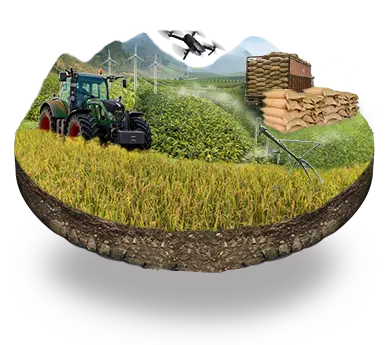













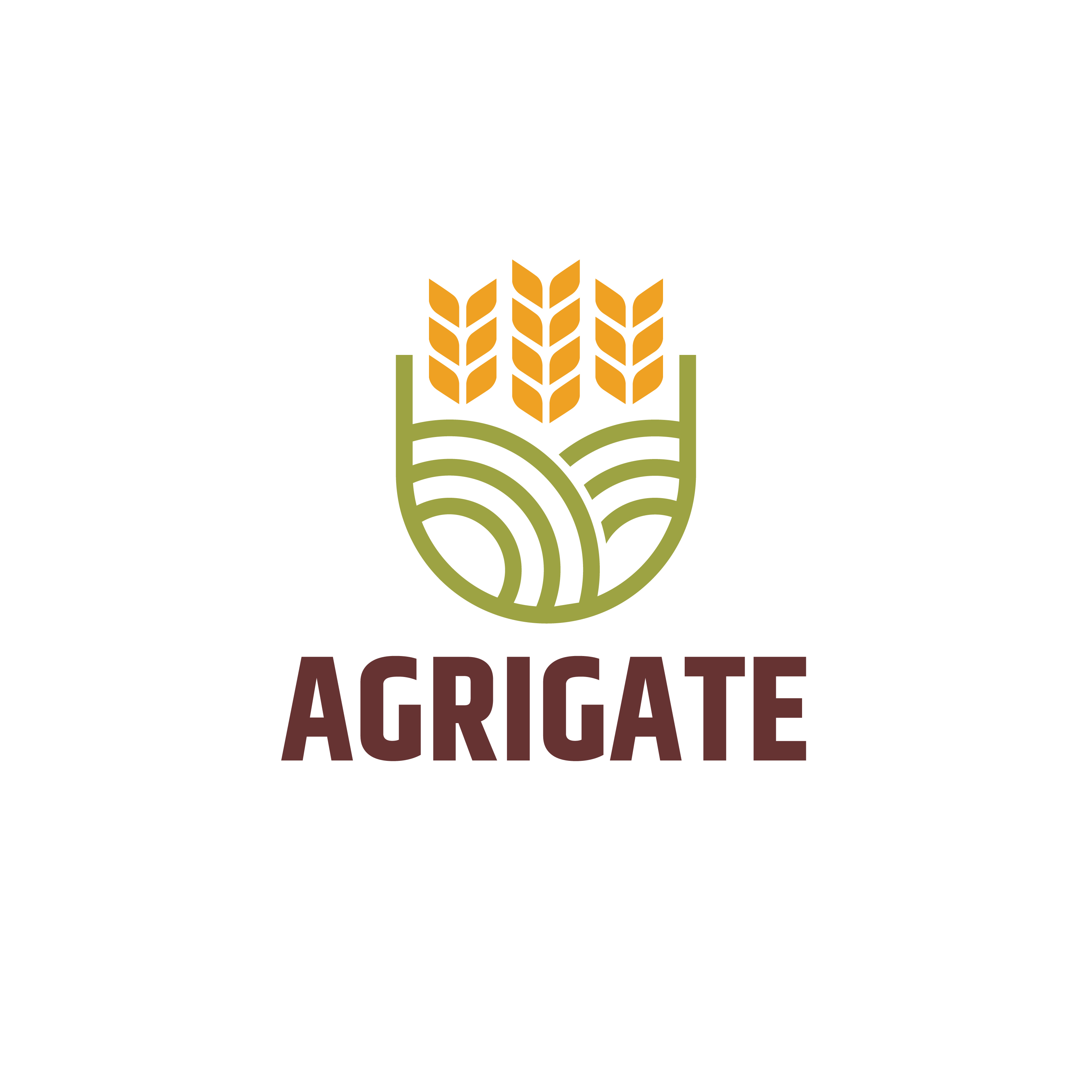


.jpg)
.jpg)






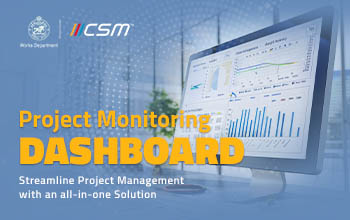















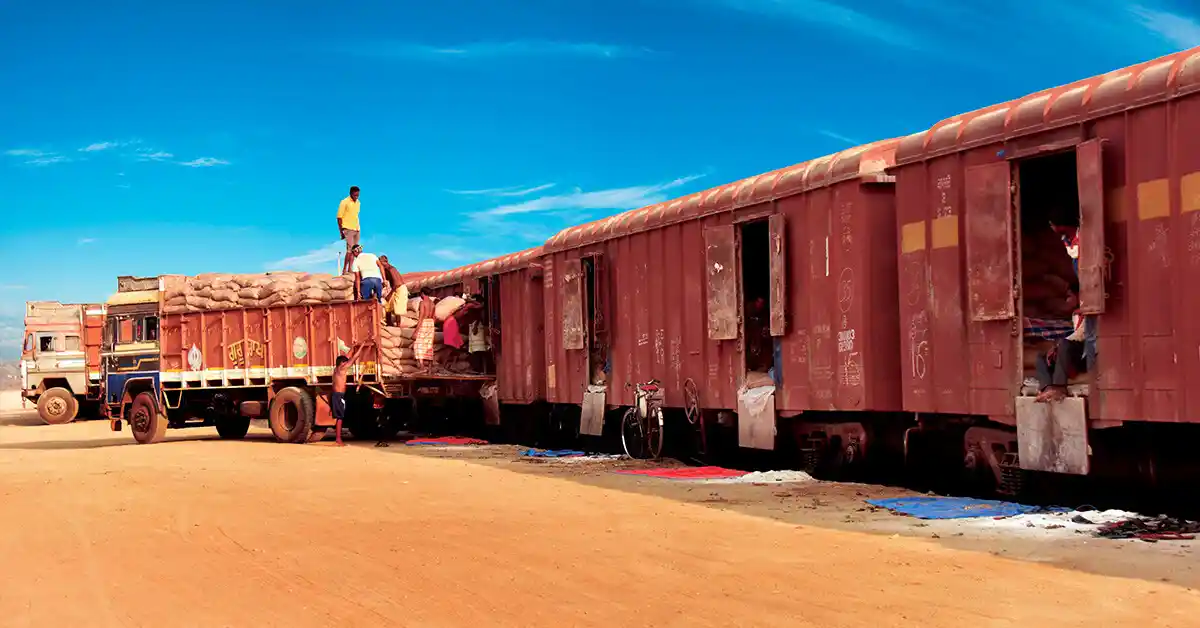



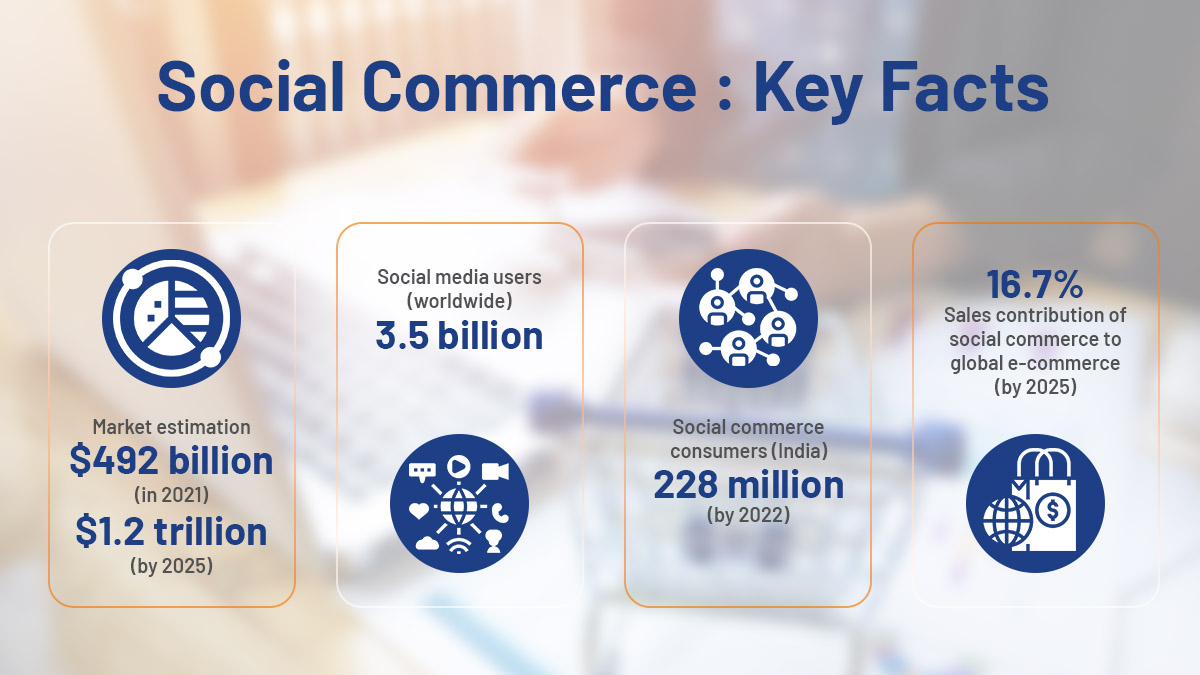


We will verify and publish your comment soon.